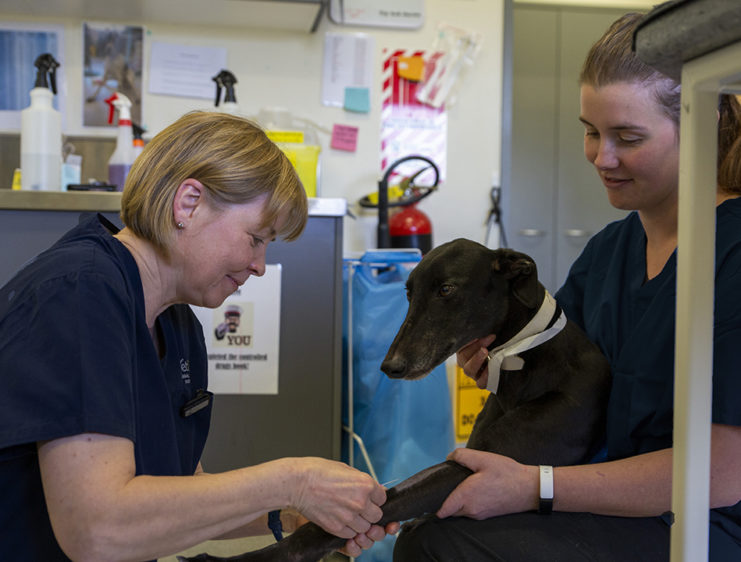
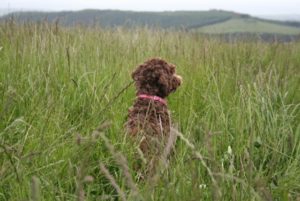
Body Condition Score, a Balanced Diet
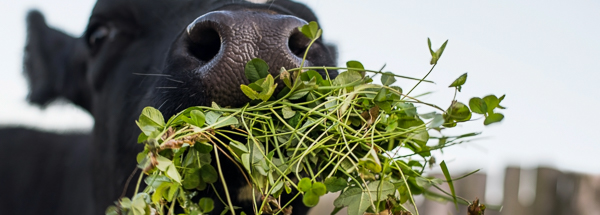
It is well-known and accepted that achieving the ideal BCS at dry-off is crucial to the proceeding season. The target is BCS 5.0 for cows and 5.5 for heifers. Unfortunately, for whatever reason, this is rarely achieved and we need to put weight on our cows through the dry period. Cows calving 1 BCS lower than target […]
READ MORE

The Transition Cow – an Area of Opportunity
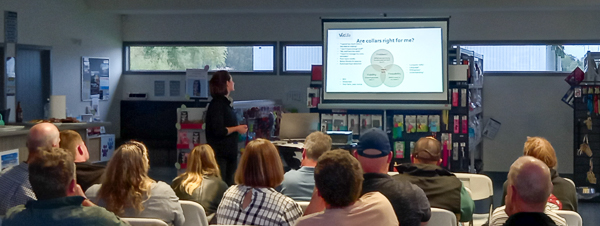
About 90% of illness in the dairy cow occurs in the transition period, i.e. the three weeks before calving through to the three weeks following calving. There is huge demand on the dairy cows during this time. From being late-pregnancy, non-lactating animals with small changes in energy demand, they go through calving (which is inherently […]
READ MORE

Calf Scour Prevention: A Comprehensive Approach
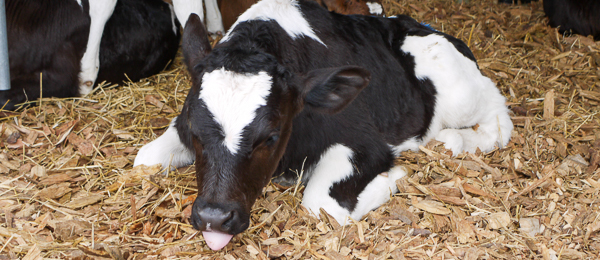
Calf diarrhoea, or scours, is one of the most common and yet devastating diseases that can affect a calf. Scours can occur due to nutritional reasons, such as a change in composition, volume or timing of milk, or due to an infectious cause. There is little in life that is more demoralising, for a calf […]
READ MORE

Facial Eczema
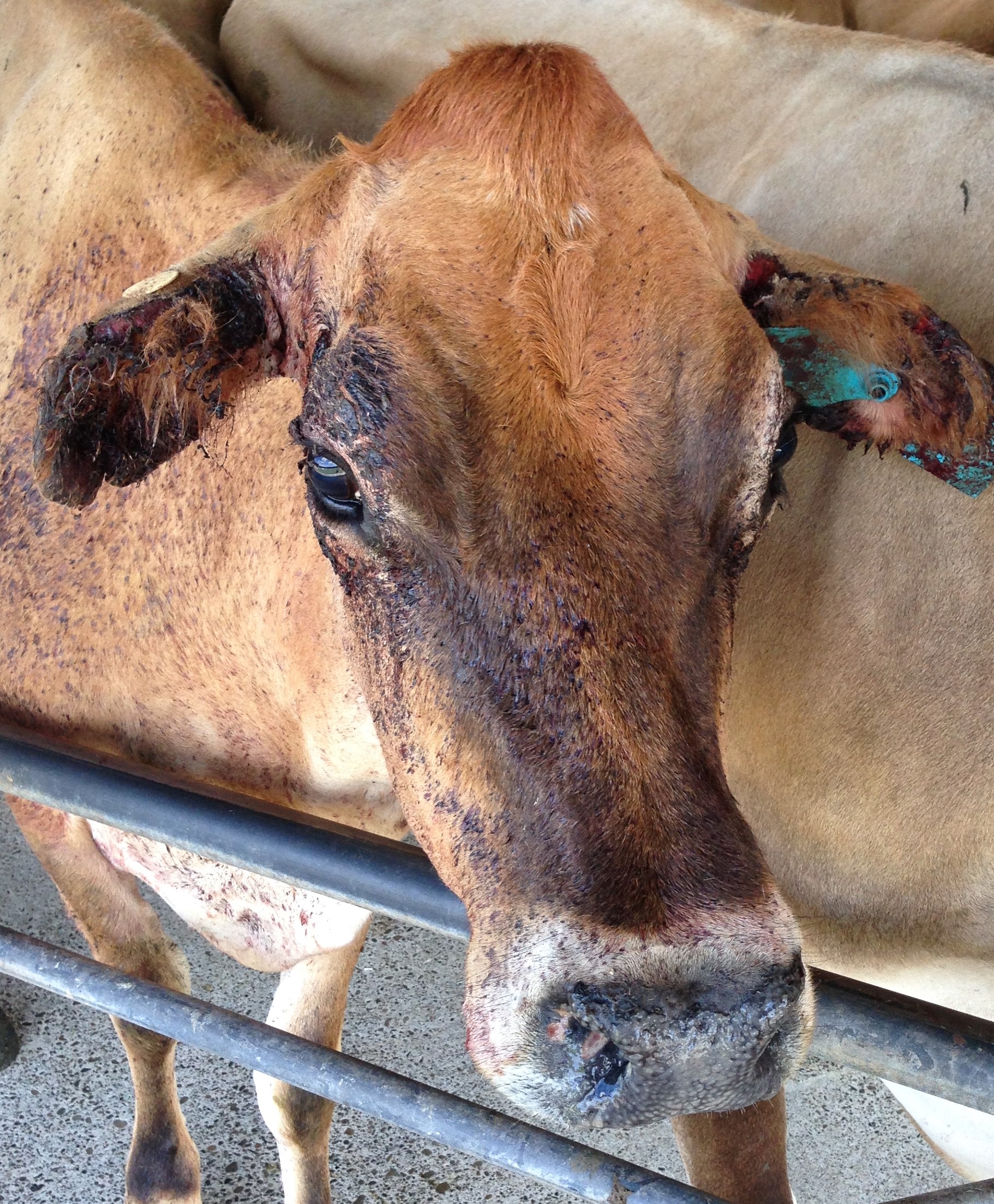
Facial eczema (FE) is caused by a fungus called Pithomyces chartarum that resides at the base of pasture in the dead litter. Moderate levels of moisture, warmth and sunlight trigger this fungus to produce spores, and when these spores are ingested, a toxin called sporidesmin is released and absorbed into the bloodstream. Due to the […]
READ MORE

Metabolic Disorders in Sheep
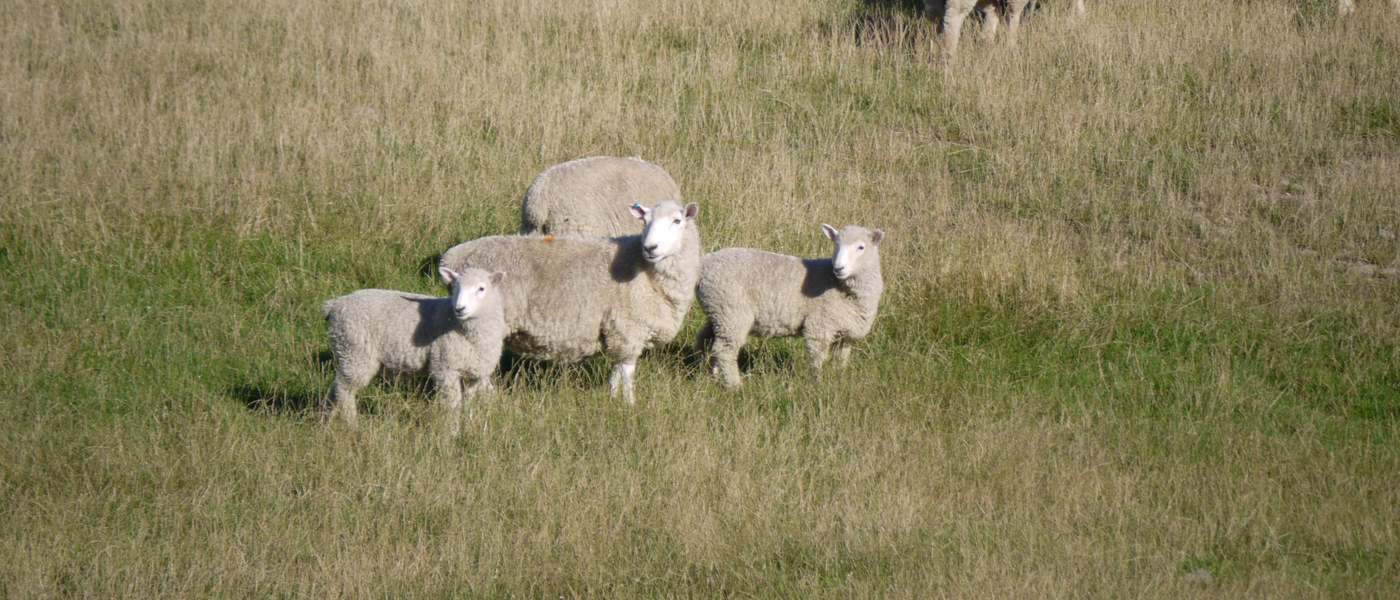
The biggest risk period for metabolic disorders in sheep is around lambing time. Problems often arise when body condition score targets haven’t been met and the nutritional needs of the ewe are not adequately met during pregnancy and early lactation. Below is a breakdown of the 3 main metabolic disorders in sheep that we see: […]
READ MORE

Are Collars Right for You
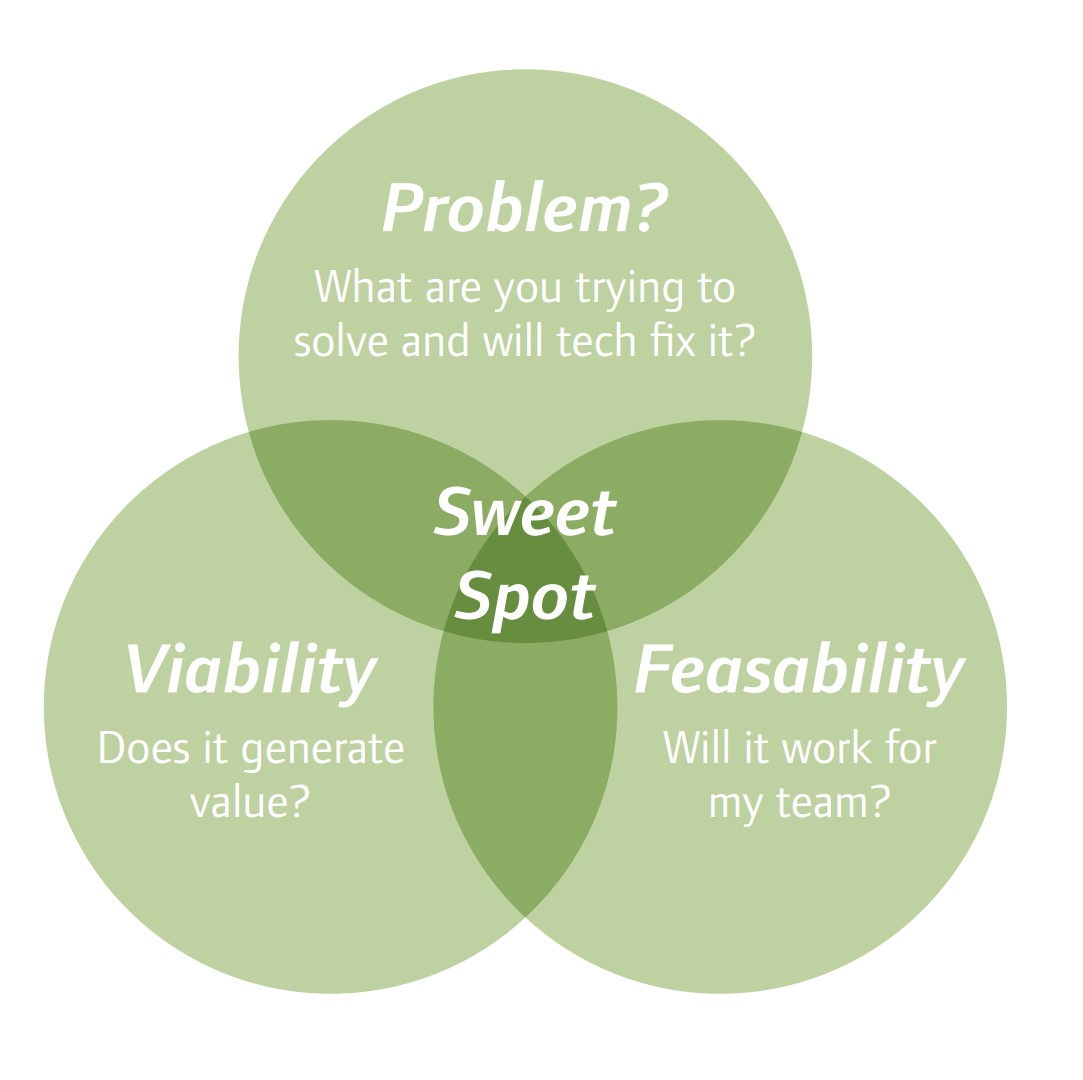
As I am writing this, the total number of cows wearing some sort of monitoring technology in New Zealand is probably somewhere between 600,000-800,000 and growing. In fact, the number of cow devices has doubled every year since first being introduced, so do not be surprised if this number has increased greatly again by this […]
READ MORE

Transitioning a Dry Cow from Late Lactation
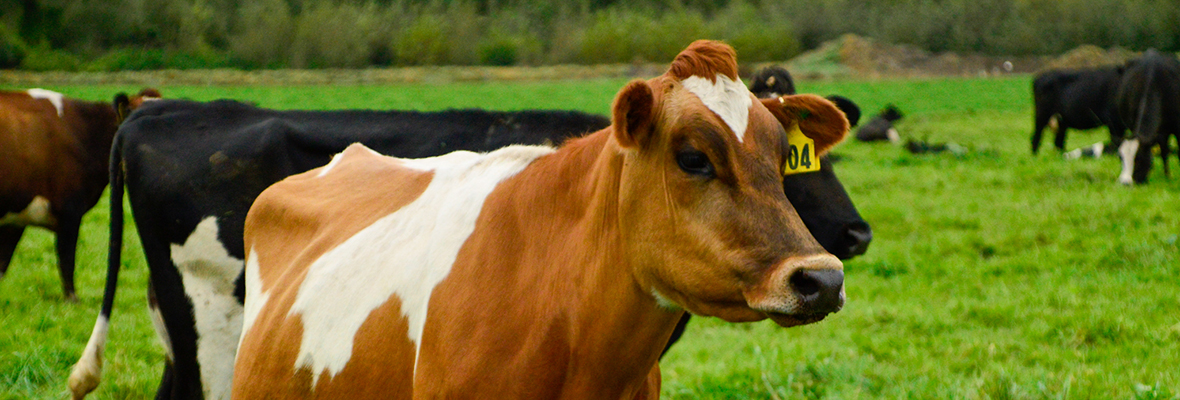
Going into the late lactation period, we need to start thinking about the best way to get the cows and farm ready for next season. What we do now will have a big impact in the new season. Body condition and transitioning the cows properly from milking to dry are the key points to focus […]
READ MORE

Clostridial Diseases in Cattle
Clostridial bacteria are widespread in the environment, both in the soil and water, and they commonly cause acute disease often followed by sudden death. In cattle the main clostridial diseases we see are: Tetanus Blackleg Malignant oedema Black disease Redwater Sudden death syndrome (C. sordellii) Diagnosis of clostridial disease can be tricky. This is generally […]
READ MORE

How to Protect Stock and Pasture after Drought
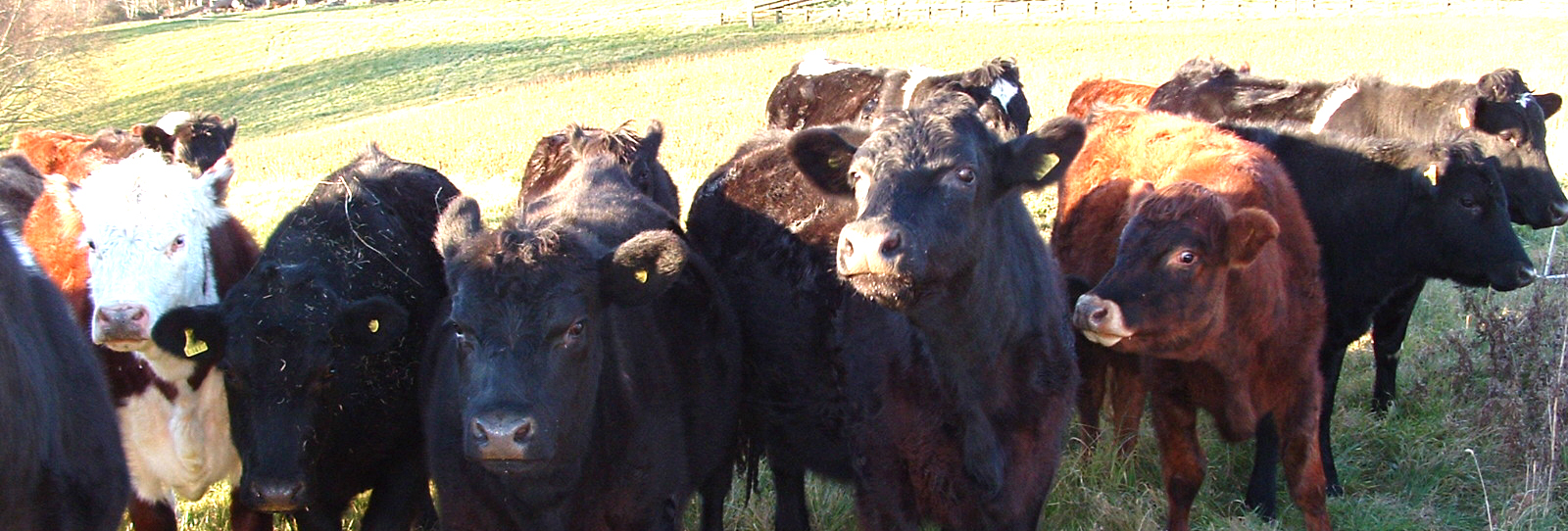
We are heading into a dry-looking March as I write this but, with a bit of luck, much-needed rain will have fallen by the time you read this latest copy of the Vetlife Rural Newsletter. Sooner or later it is going to rain, and there are a few health conditions that are worth considering when […]
READ MORE

Hind Scanning 2023
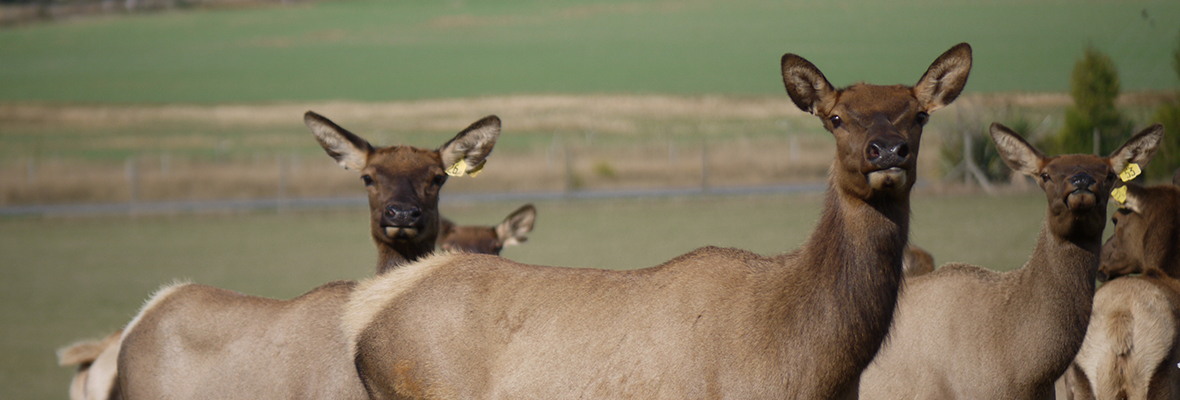
Contrary to that in the North Island, the Central Otago sunshine has been relentless since the new year. Driving around you can see the effect this is having on feed quality throughout the countryside. For hinds coming up to the rut, this may be particularly problematic. Mating will be a tough time, especially for hinds […]
READ MORE

Trace Element Monitoring
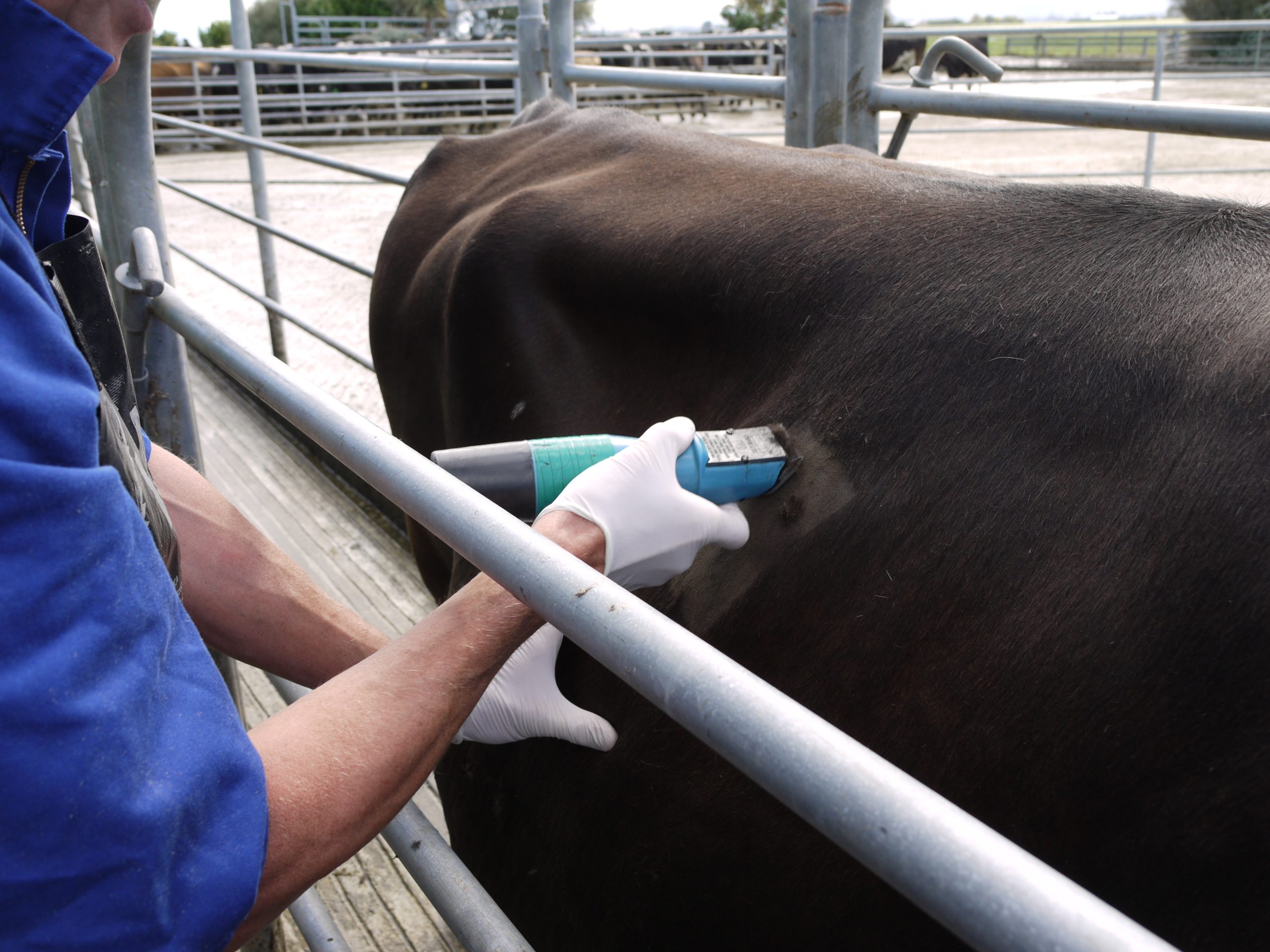
Autumn is the perfect time to review your trace element and mineral programme and to make a testing and supplementation plan for your farm with your veterinarian. Most farms will have a trace element supplementation programme of some description, but regular testing is needed to make sure it is working and that you are getting […]
READ MORE

How Healthy are Your Hooves?
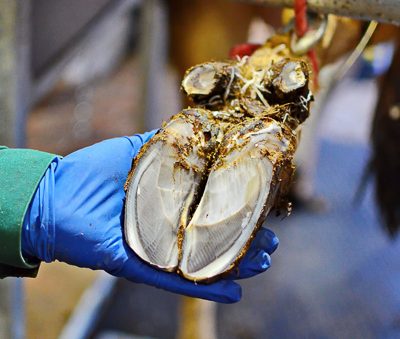
Lameness has a huge impact on the fertility, milk production and body condition of cows. The result is large amounts of time and energy spent treating cases and increasing culling, and then a consequential decrease in overall efficiency on farm. Costs of lameness are estimated at between $200-$1,300/cow depending on the case, and, as you […]
READ MORE

Get in touch with your local Vetlife Clinic today to discuss your animal’s health concerns.
With vet clinics across the South Island, we look forward to welcoming you into one of our Vetlife clinics.
FIND A CLINIC